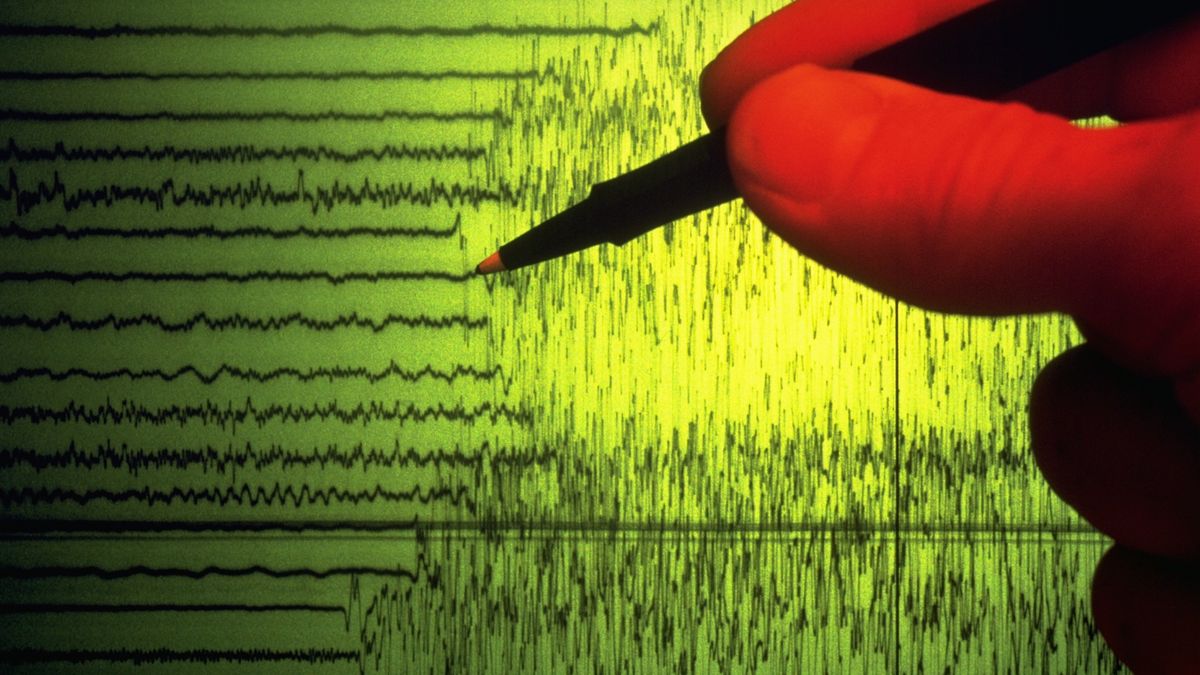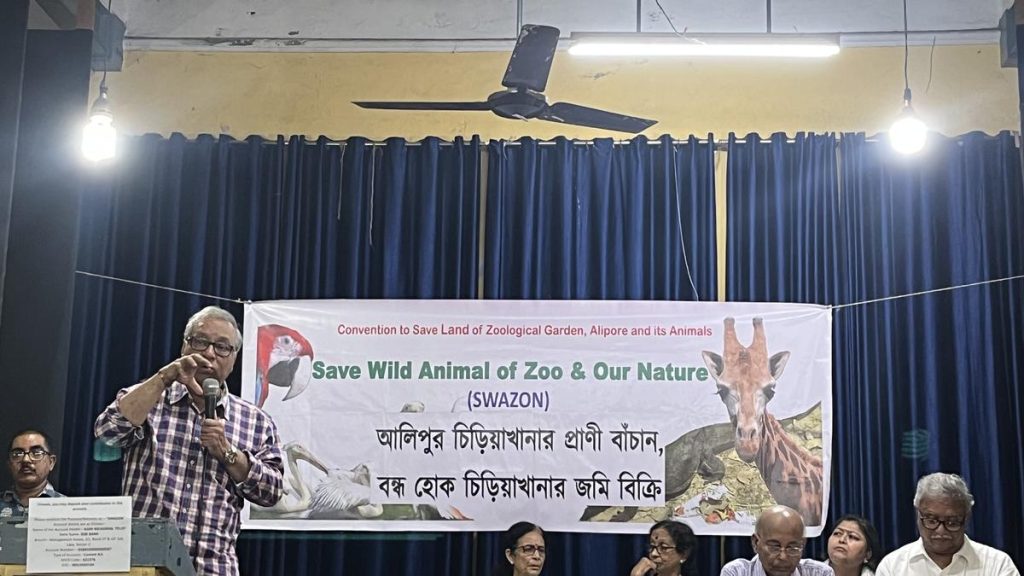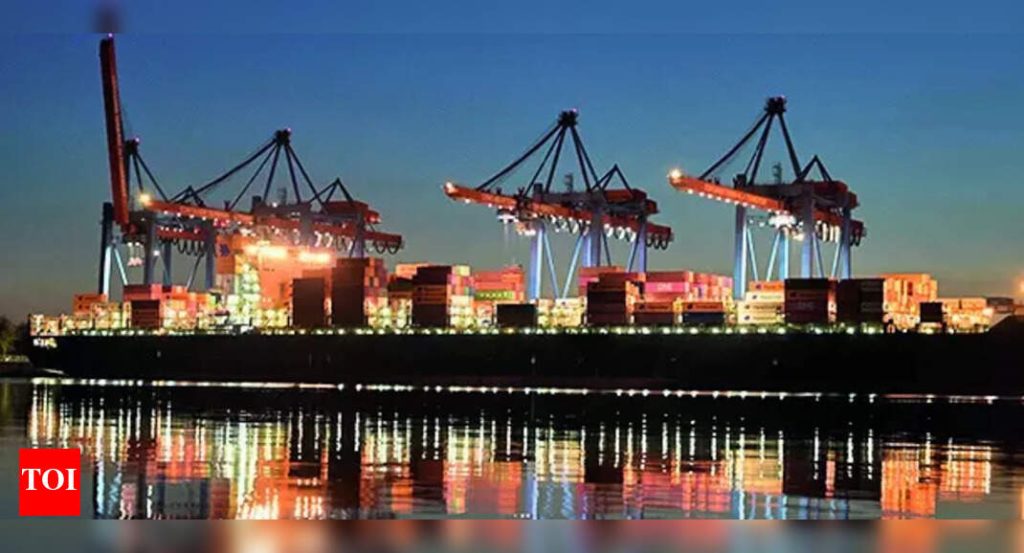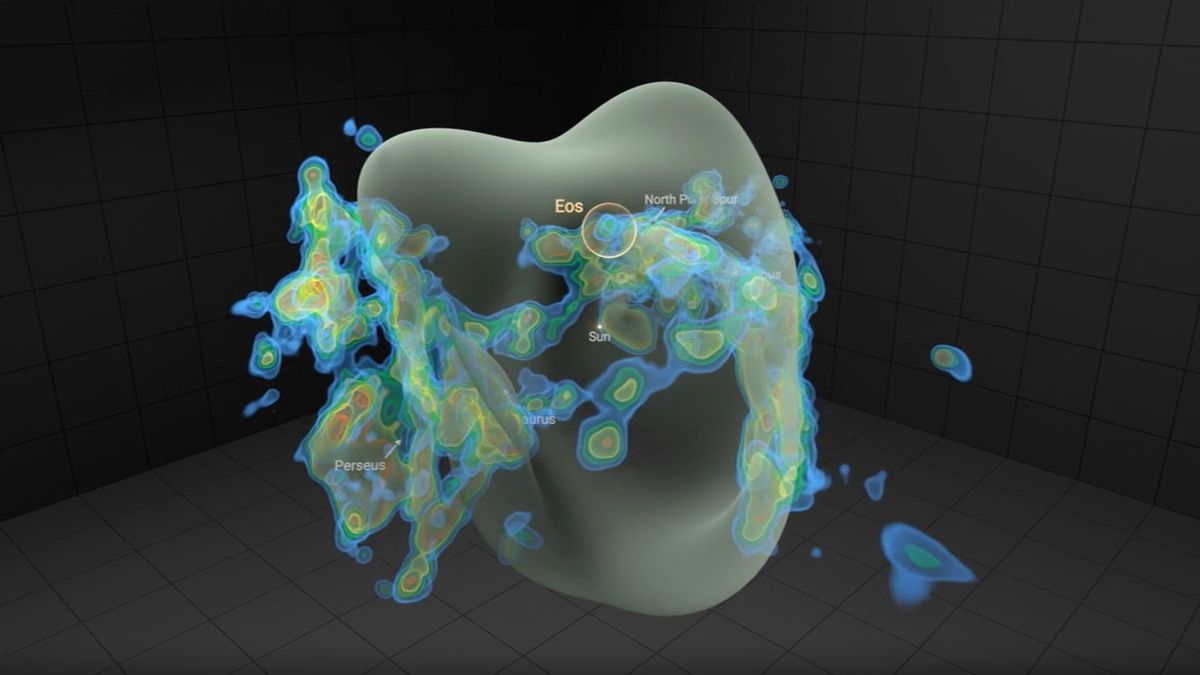Now Reading: The Big One’: Pacific Northwest Faces Threat of Quake, Rising Seas, and Floods
-
01
The Big One’: Pacific Northwest Faces Threat of Quake, Rising Seas, and Floods
The Big One’: Pacific Northwest Faces Threat of Quake, Rising Seas, and Floods

Fast Summary
- A study revealed that a catastrophic earthquake in the cascadia region of the Pacific northwest could cause coastal ground to sink by up to 6.6 feet (2 meters), leading to long-term flooding issues exacerbated by sea level rise from climate change.
- The combined effects would triple land within the 100-year floodplain in northern California, Washington, and Oregon by 2100.
- Subsidence-ground sinking after earthquakes-could persist for decades or even centuries, significantly altering coastal communities.
- Geologists compared scenarios involving subsidence and rising sea levels today versus predictions for 2100.Worst-case estimates show that affected areas could increase from 115 square miles (300 km²) today to 145 square miles (370 km²) by then.
- Flood risks could impact an additional 17,710 residents beyond current numbers (8,120 people), along with critical infrastructure like wastewater plants, airports, and electrical substations. Evacuation and rebuilding efforts may face disruptions.
- Cascadia’s geology-a subduction zone-has so far mitigated some climate-driven sea-level rise; however, this advantage is expected to diminish after noticeable increases start around 2030.
Indian Opinion Analysis
The study highlights vital lessons for India regarding disaster preparedness in geologically volatile zones and climate resiliency planning. India’s coastline spans over multiple high-risk areas; while tsunamis triggered by seismic activity are known risks (as evidenced during the devastating Indian ocean earthquake of 2004), gradual geological changes compounded with rising seas pose equally serious threats.
Potential subsidence events along India’s vulnerable coastlines would have cascading impacts: displacement of populations from floodplains that expand due to compounded phenomena; endangerment of infrastructure vital for evacuation or rebuilding efforts; and challenges in preemptive urban planning amidst climatic uncertainties. For India’s policymakers combating both earthquakes in subduction regions like offshore Andaman-Nicobar trenches-awareness raised through comparable global studies is essential groundwork ensuring improved emergency frameworks locally.
Understanding how other nations update risk models via advances science fosters broader coordination-sharing protocols tailored mitigating such site-state similarly extreme hazards Read more here.



























